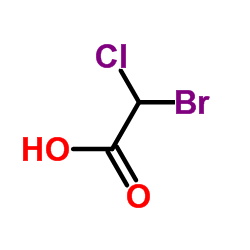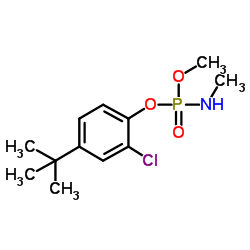| Structure | Name/CAS No. | Articles |
|---|---|---|
 |
Bromochloroacetic Acid
CAS:5589-96-8 |
|
 |
crufomate
CAS:299-86-5 |
|
 |
(R)-2-(2,4-Dichlorophenoxy)propanoic acid
CAS:15165-67-0 |
|
 |
Dichlorprop
CAS:120-36-5 |